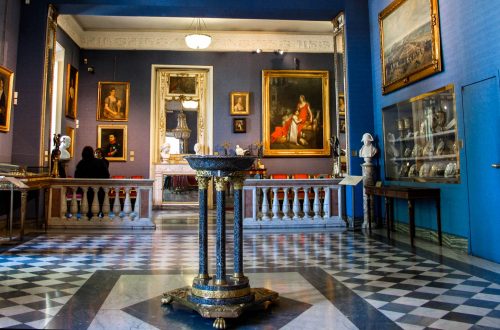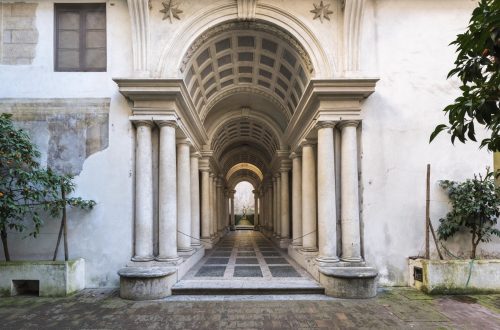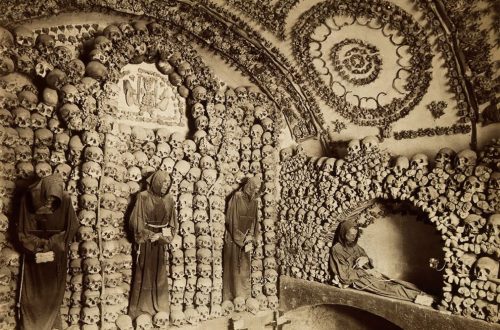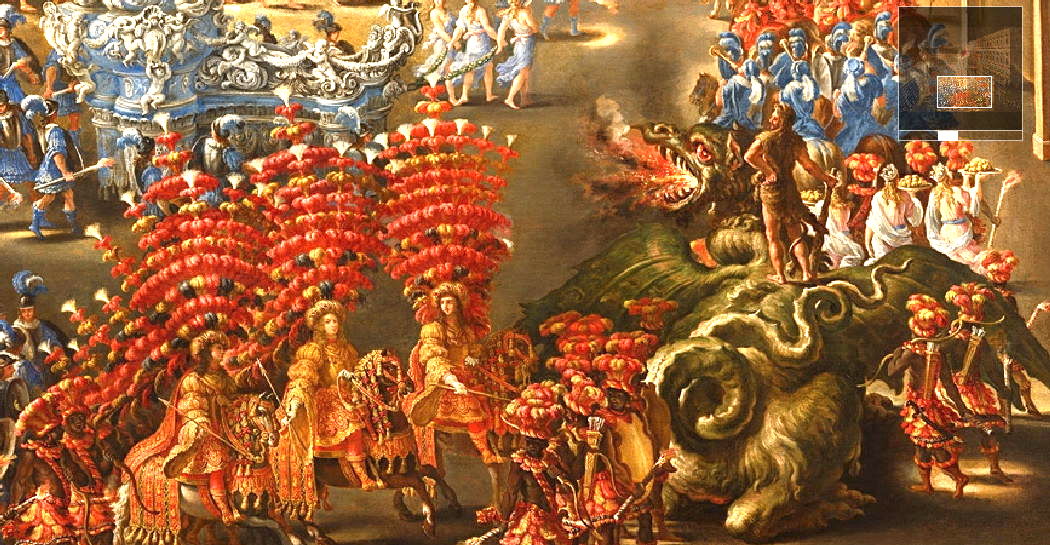
Palazzo Braschi Museum of Rome
Palazzo Braschi is a museum located in Rome, Italy. It is situated in Piazza di San Pantaleo, not far from Piazza Navona. The museum is housed in Palazzo Braschi, an 18th-century palace commissioned by Duke Luigi Braschi Onesti, who later became Pope Pius VI.
Palazzo Braschi is dedicated to the art and history of Rome, showcasing a collection of paintings, sculptures, decorative arts, and historical artifacts. The museum covers the period from the late 18th century to the early 20th century, providing insights into the cultural and social history of Rome during that time.

Exhibits within the museum include works by renowned artists, historical documents, and artifacts that highlight the city’s rich history. The collections are organized thematically, covering topics such as daily life, politics, and artistic developments in Rome.
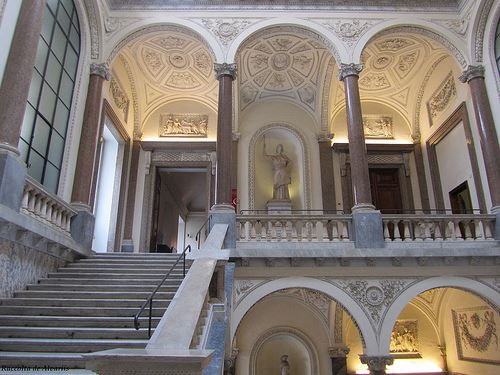
Palazzo Braschi’s collection includes a variety of artworks and artifacts that provide a comprehensive look at the artistic and cultural history of Rome. While specific details may have changed since then, here are some general areas of interest you might find within the museum:
- Paintings and Sculptures: The museum houses paintings and sculptures from the 18th to the early 20th century. You can expect to see works by Italian artists from different periods, showcasing various styles and themes.
- Decorative Arts: Palazzo Braschi features decorative arts such as furniture, ceramics, and textiles that reflect the tastes and styles of the time. These pieces provide insight into the daily life and aesthetics of the period.
- Historical Documents: The museum might have a collection of historical documents, manuscripts, and prints that offer a glimpse into the political and social history of Rome during the exhibited time frame.
- Thematic Exhibitions: Temporary exhibitions may be organized to delve into specific aspects of Roman history, art movements, or cultural phenomena. These exhibits could provide a deeper understanding of certain periods or themes.
- Architectural Features: Given that Palazzo Braschi itself is an 18th-century palace, the building itself may contain architectural features worth exploring. This can include grand staircases, ornate ceilings, and other elements typical of the architecture of that time.
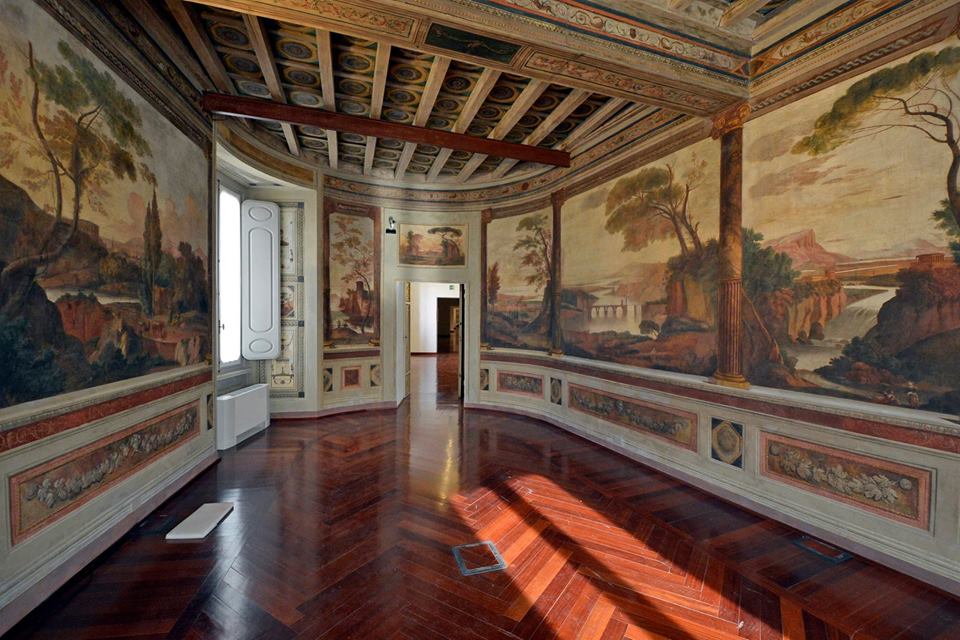
To get the most accurate and updated information on the specific artworks and exhibits currently on display at Palazzo Braschi, it’s recommended to check the official website of the museum or contact them directly. Museums often rotate their collections and host special exhibitions, so the offerings can vary. Additionally, visitor information, opening hours, and any entry requirements can be confirmed through official channels.
![]()


